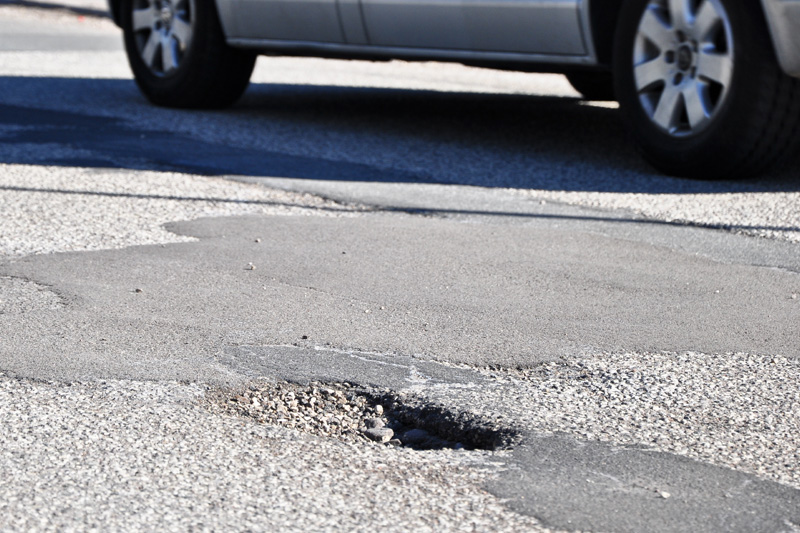
Understanding the key issues that can affect spring life.
This can be good news for a workshop because it brings more business, especially at MOT test time. But why is it that coil springs, in particular, are prone to failure?
Reducing weight
Reducing vehicle weight is one way of cutting fuel consumption and CO₂ emissions, so car manufacturers are challenging the design of every component in search of weight reduction. Mechanical components are now expected to weigh less and still do the job, so this has led to VMs specifying lighter,
more highly stressed springs.
Corrosion
Winter weather can have a significant impact on the number of coil springs that fail but many coil spring failures due to corrosion are not always noticed by the driver. Often they’ll hear a crack, but can’t locate the cause of the noise, so they carry on driving and it is only when the vehicle is inspected at MOT test
time that broken springs are found.
Winter can bring ice, snow, cold temperatures and salt to Britain’s roads, which causes accelerated corrosion of the coil spring. A sudden impact to the suspension, caused when driving over a speed bump or pot hole, can result in coil spring breakage. This is especially true in very cold temperatures.
A significant number of passenger cars are fitted with ‘side load’ coil springs, also known as ‘banana’ springs. These springs are curved out of the box and only straighten out when subjected to a load. Side load springs are popular with VMs because, by exerting a side load, they help to reduce the frictional
forces between the piston rod and seal in the shock absorber.
The benefit is extended shock absorber life and performance, however, these springs are often highly stressed and will fail if corrosion takes hold, which is why most garages have experience with ‘side load’
springs, and the challenges they bring when replacing them on McPherson struts.
Spring coatings
A flexible coating is applied to coil springs when they’re made so as to reduce the risk of corrosion. Over time contact between coils (as the spring is repeatedly compressed in service) and stones thrown up by tyres can cause damage to this coating. If metal is exposed then rust will start, and the spring will ultimately fail.
Replacing springs
When a spring fails, due to corrosion or other reasons, drivers often request that only the defective spring be replaced, rather than replacing in axle sets. Customers understand the importance of having good condition tyres and brakes that work, but they’re not as knowledgeable about the importance of a
coil spring.
Failure to replace an axle set can result in less responsive steering; less secure road holding; increased braking distance and increased tyre wear.
Maxtrac’s offering
Maxtrac’s range of coil springs are made in Europe to ISO and TUV standards using latest OE-specification Chrome-Silicon (cold coiling) or Chrome-Vanadium (hot coiling) spring steel. The parts also benefit from advanced protection technologies against corrosion, as they’re treated with a NanoCeramic coating.









